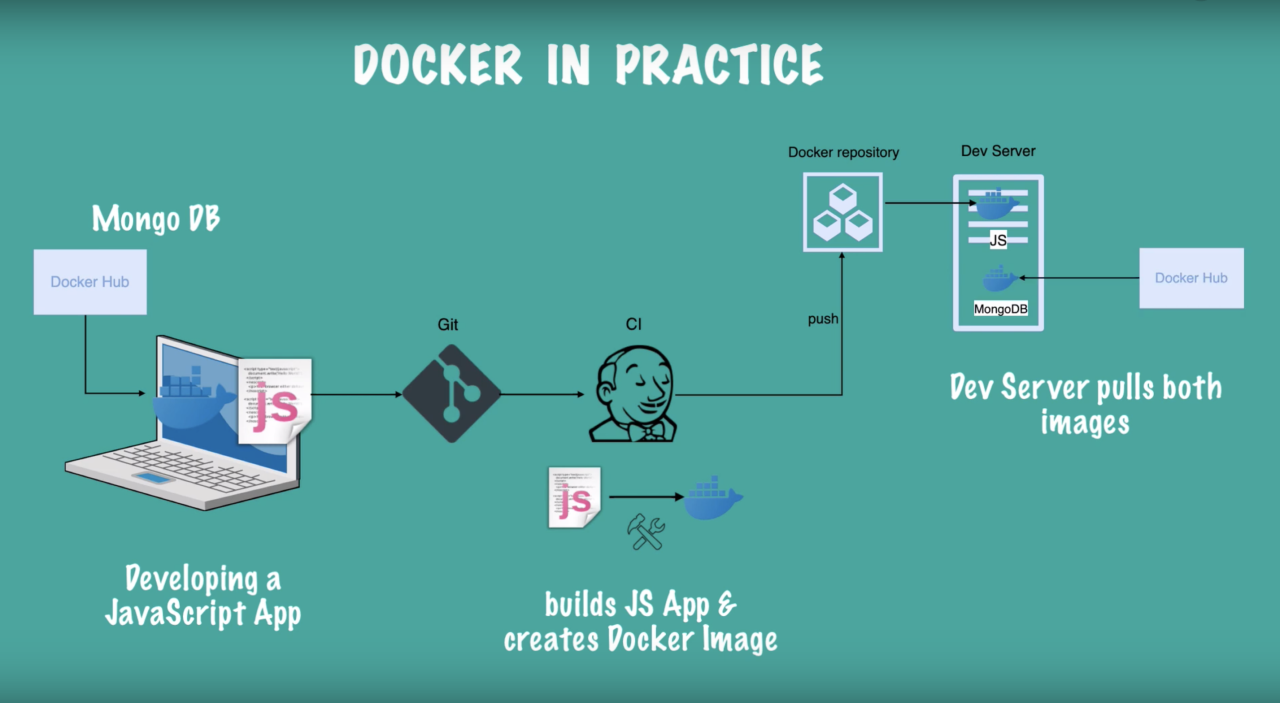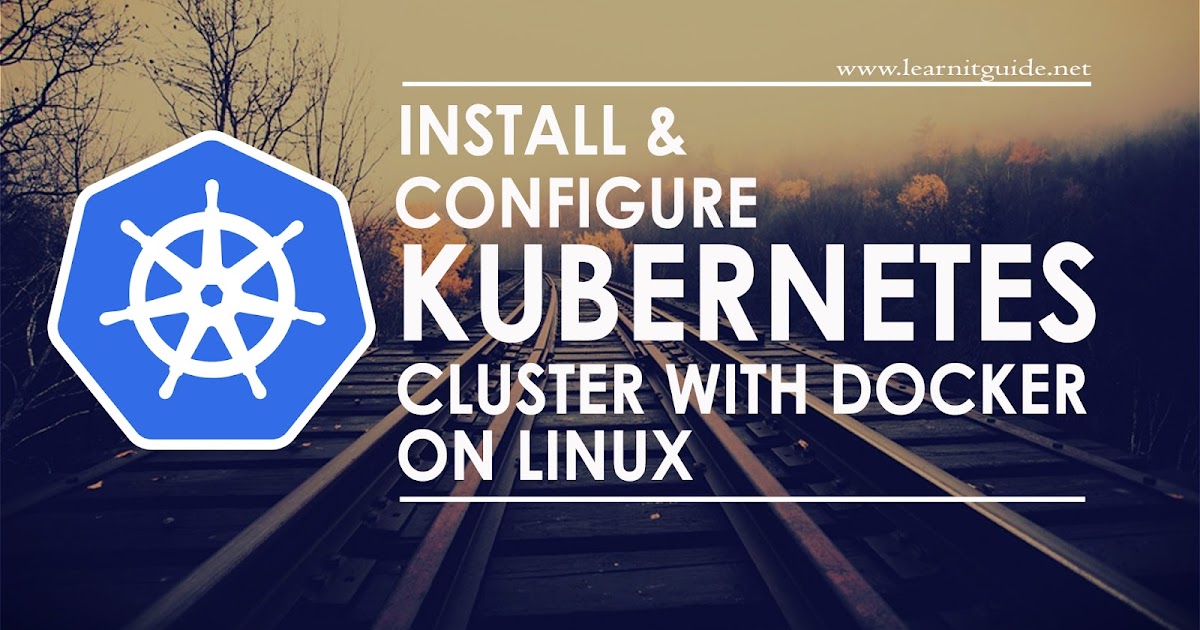

Pull Pull an image or a repository from a registry Port List port mappings or a specific mapping for the container Pause Pause all processes within one or more containers

Load Load an image from a tar archive or STDIN Inspect Return low-level information on a container, image or task Import Import the contents from a tarball to create a filesystem image v, -version Print version information and quitĬommit Create a new image from a container's changesĬp Copy files/folders between a container and the local filesystemĭiff Inspect changes on a container's filesystemĮvents Get real time events from the serverĮxec Run a command in a running containerĮxport Export a container's filesystem as a tar archive tlskey=~/.docker/key.pem Path to TLS key file tlscert=~/.docker/cert.pem Path to TLS certificate file tlscacert=~/.docker/ca.pem Trust certs signed only by this CA l, -log-level=info Set the logging level H, -host= Daemon socket(s) to connect to config=~/.docker Location of client config files Usage: docker COMMAND Ī self-sufficient runtime for containers. Try this yourself by runnig $sudo docker command docker Various functions of docker command is given below.

We can use docker cli to interact with docker daemon. Operations such as creating, starting, stopping, removing, pausing containers and checking the status etc. We will also learn what it means to run a container, its lifecycle and perform basic
#Kubernetes docker tutorial how to
In this chapter, we are going to learn about docker shell, the command line utility and how to use it to
#Kubernetes docker tutorial install


 0 kommentar(er)
0 kommentar(er)
